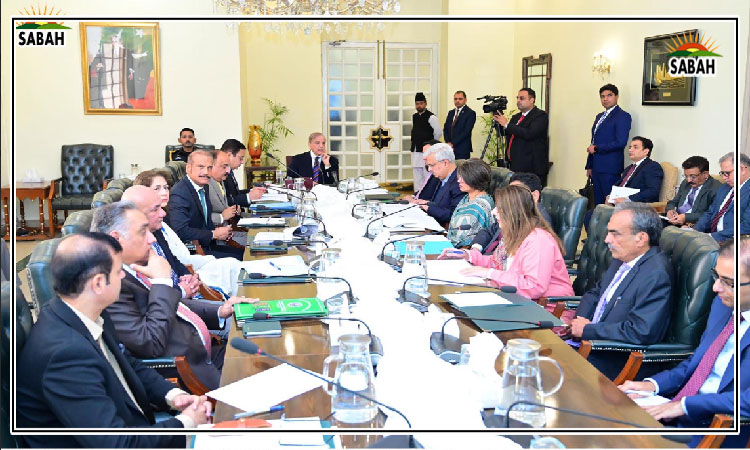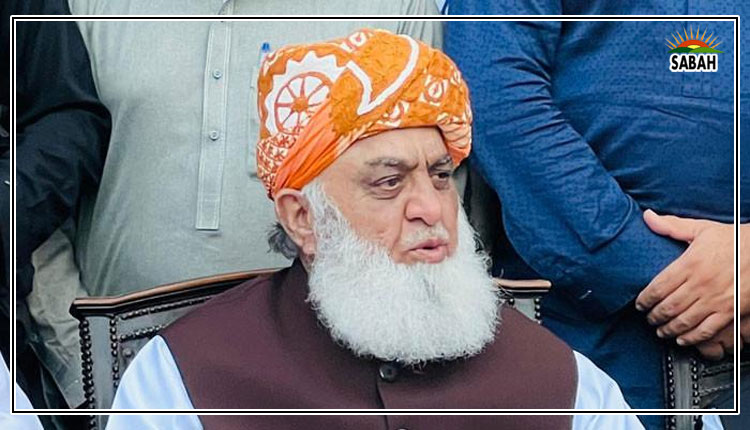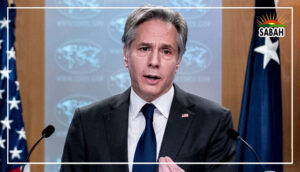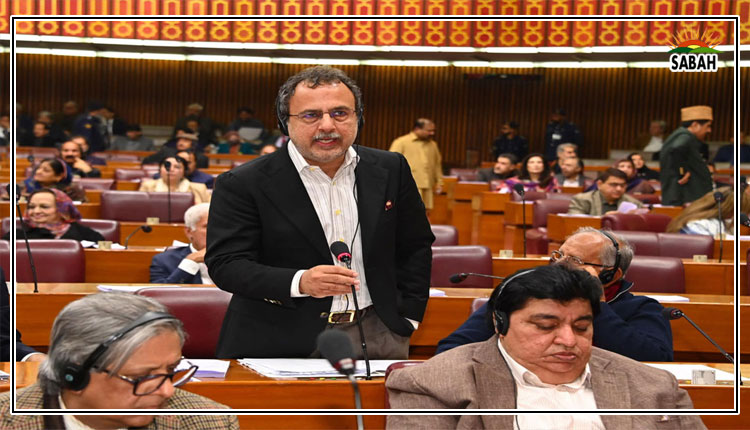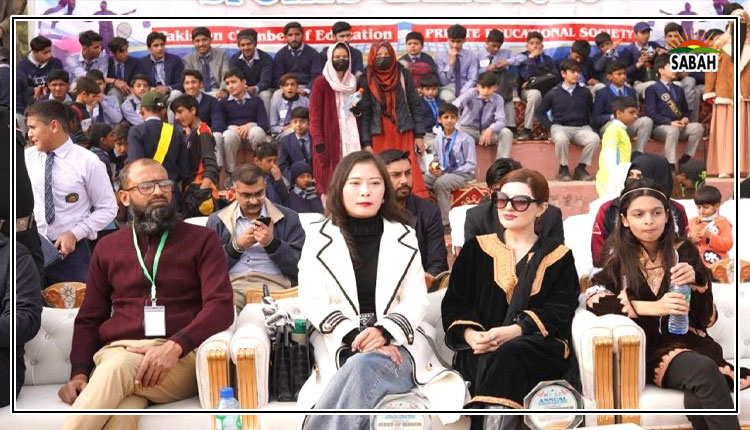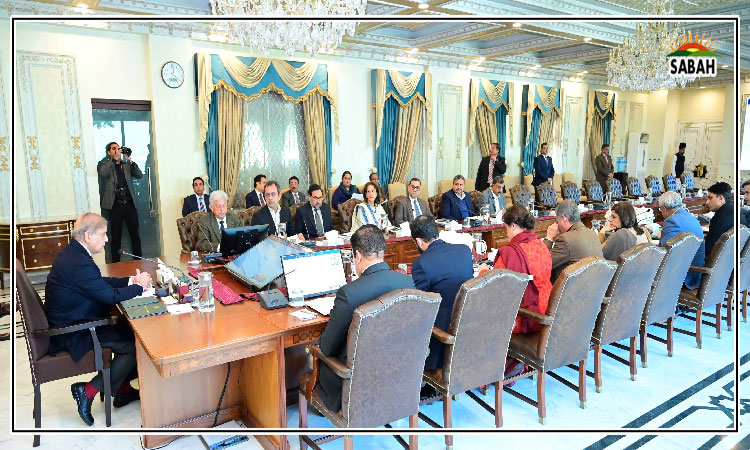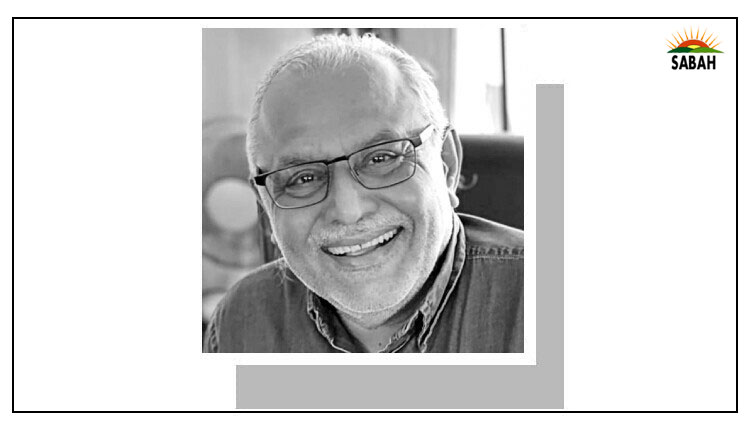Who to blame for the mess?…Abbas Nasir
THE country is reeling from the round of political engineering initiated towards the middle of the last decade. There seems no limiting the damage it has caused the country and its economy, and the divisions it has created in its institutions. Its manifestations are many.
These repercussions remain the major drivers of the instability today, and there is no apparent desire or ability among the key players, without exception, to address what may be the gravest existentialist threat to Pakistan to date.
You can disagree with Nawaz Sharif all you wish, but he is right in saying that the country was running smoothly and political engineering wrecked any hope of stability, a prerequisite to economic growth and the growth of democratic institutions and values.
The process of orchestrated ouster from government of the then unquestionably popular but headstrong Mr Sharif and later from his party office in the 2016-2018 period led to the ushering in of the Imran Khan-led government after elections, which were blatantly rigged before, after and on polling day itself.
There is no apparent desire or ability among the key players to address what may be the gravest existentialist threat to Pakistan.
Because a national politician was a willing establishment partner, the latter got away with denying the popular mandate of the party that actually should have been declared the winner. The winners were hunted, hounded, imprisoned and finally run out of town.
This engineering created a hybrid system, which saw the increasing footprint of the establishment in the day-to-day running of government, parliament and even the judiciary. At the first sign of the civilian part of the hybrid trying to assert itself, the hatchet was back in action.
Within weeks, the heart of its parliamentary majority was carved out in full public display. This too was done with collaborators in the civilian political elite. The ousted PTIs support base grew discernibly since its falling out with its erstwhile benefactors. Its ouster in April 2022 in a vote of no-confidence as a result of its defiance boosted its popularity.
Fast forward to the February 2024 election (or would rewind be more accurate?), and the script was in play again. If in 2018 the party seen as the most popular was given short shrift, this time round the party forcibly kept out of power was seen as even more popular.
However, there was one major difference between the two wronged parties. The first had been battered by a years-long campaign which saw its leadership demonised in all manner of ways, all the while its main opponent was being beatified as most upright, competent and the only one capable of delivering salvation to the people of Pakistan.
Another major difference, given the sharply rising number of young or new voters, presumably all using smartphones with affordable Chinese versions available aplenty, was that the PTI was light years ahead in the social media game and dominated it completely.
Up until the establishment-orchestrated demonisation of the PML-N, and to a lesser extent the PPP, the PTIs social media nous was seen as an invaluable asset, with its team members often feted in Rawalpindi by ISPR. After PTIs falling out with the establishment, this changed.
The latters ability to deal with its new nemesis was/ is not only handicapped by PTI social media dominance, but other factors too. The foremost is that an entire generation of second-tier leaders within all key institutions grew up on a steady diet of how bad, evil some leaders were and how messianic the other was.
Thus, the unhappiness in institutions at this sudden embrace of the bad and the abandonment of the good and also its persecution was always going to be something that needed to be factored in in any decision-making. It wasnt. Instead, raw brutality was pursued to crush the challenge.
May 9, 2023, may have been a mistake, a blunder by the PTI and its supporters of different hues but despite misplaced optimism in some quarters, it did not, and could not, draw a line under the issue, or end the partys defiance or relevance for that matter once and for all.
Unease in some institutions may have so far been successfully bottled and also resulted in a recent extension, but in others, the brewing discontent has broken surface, such as the recent joint letter written by six judges of the Islamabad High Court, alleging intelligence agencies interference in their work, and even intimidation.
They sought guidance from the Supreme Judicial Council, pegging their concerns to the SJC clearing the sacked Islamabad High Court justice Shaukat Aziz Siddiqui of any wrongdoing (and restoring his status and benefits as a retired judge now) for saying that he was pressured by senior intelligence officials to deliver verdicts a certain way. The judge had been sacked by the then SJC for bringing the judiciary into disrepute by making such allegations.
On the letter, the chief justice of Pakistan and the prime minister met after the chief justice of the Supreme Court assembled and consulted his full court. The cabinet has now nominated a senior retired judge to head an inquiry commission an honourable man, but given the prevailing polarisation, it is hard to say whether his findings will be accepted.
I doubt that any decision by a government seen in close partnership with the establishment/ agencies would inspire confidence. Even then, lets wait and see the terms of reference of the inquiry to decide for ourselves.
The establishment is responsible for this quagmire but when so many political leaders are willing to be pragmatic and subjugate themselves to it for narrow gains, and remain reluctant to talk to each other, they arent blameless either. It is their job to run the country; instead, they contribute to their own shrinking space. The consequence: a growing mess.
Courtesy Dawn



